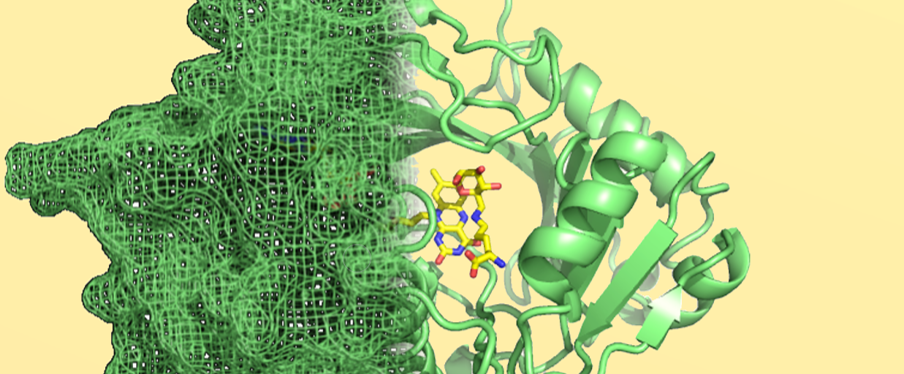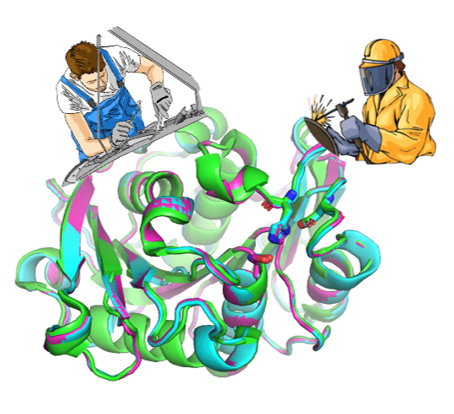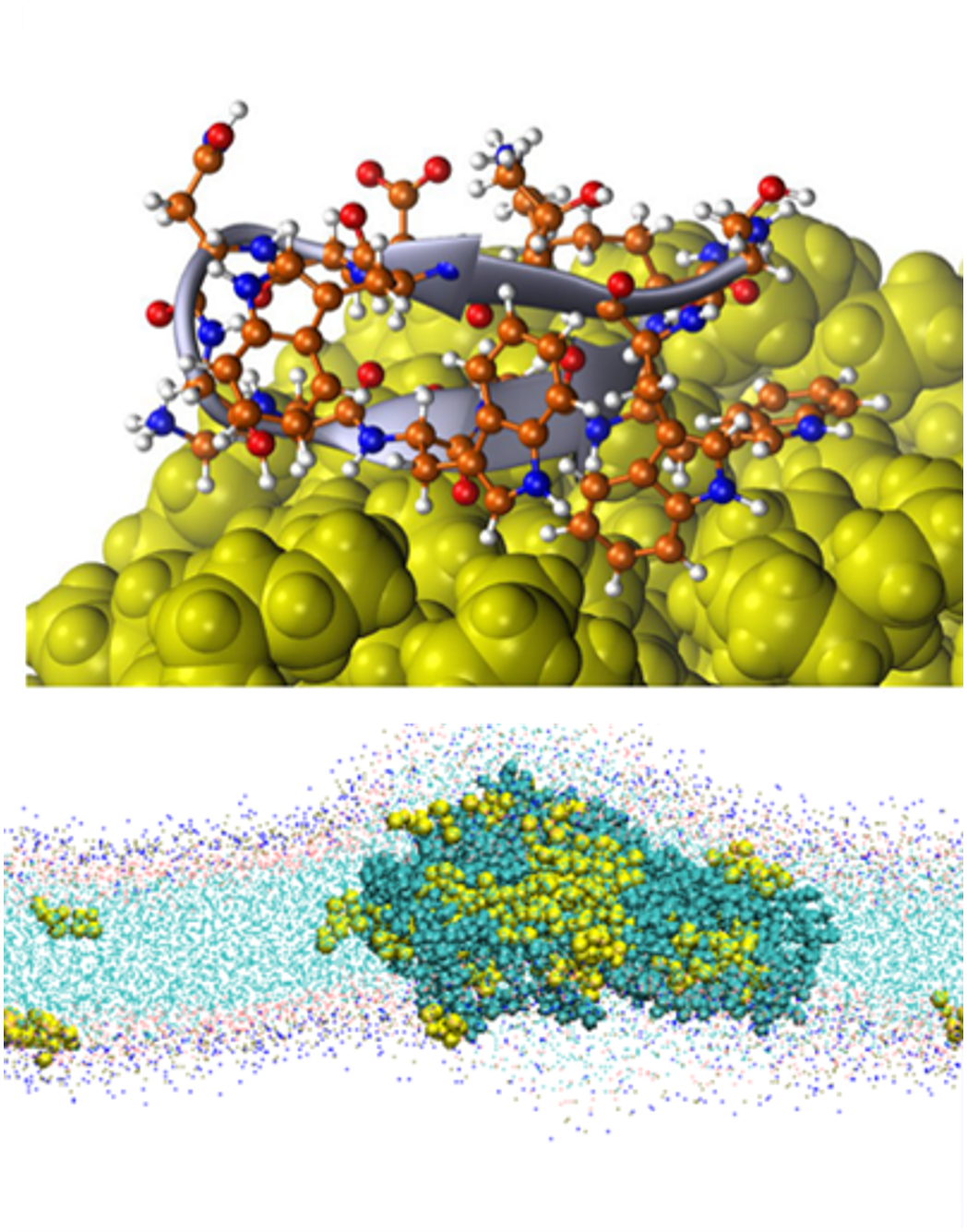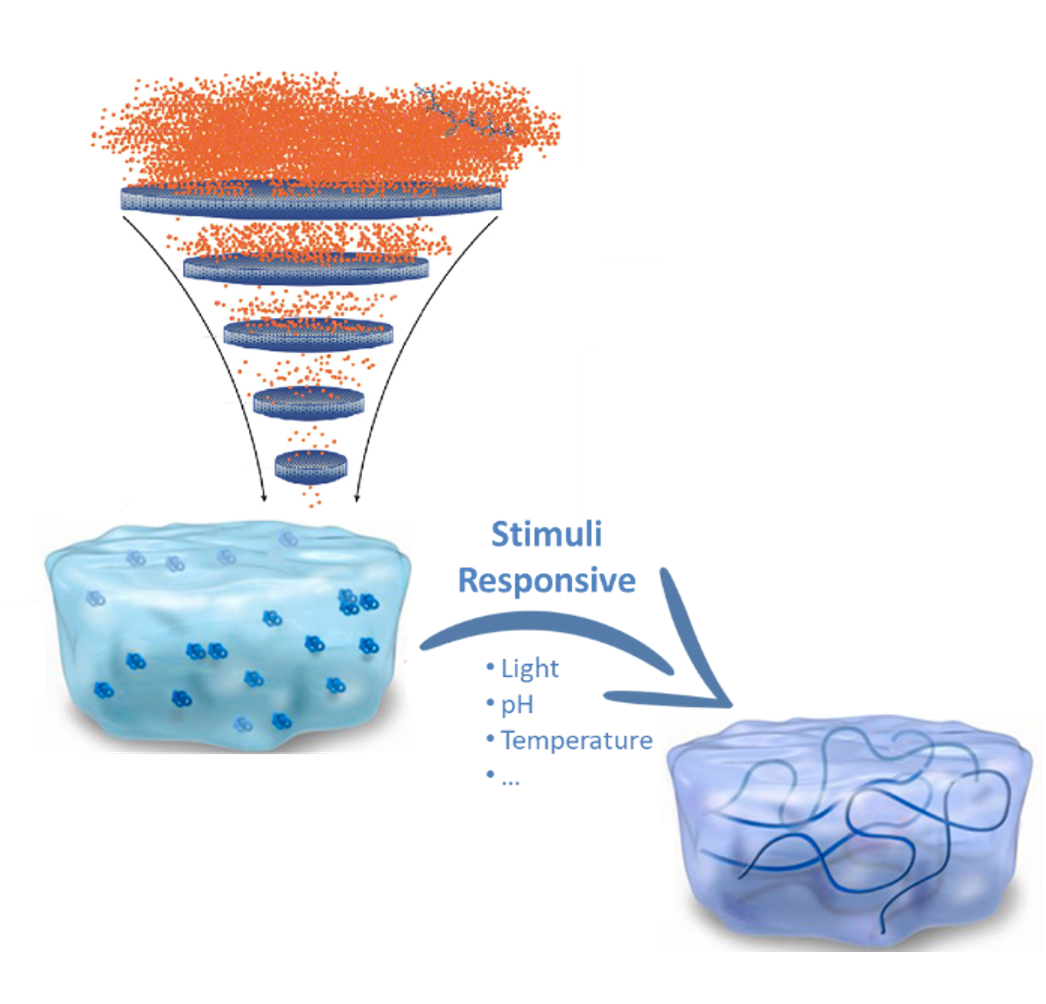
The Research Activities
Enzyme engineering

Computational enzyme engineering is a rapidly advancing field that combines computational modeling, bioinformatics, and machine learning to design, optimize, and predict the behavior of enzymes for various applications.
By leveraging computational tools, we explore vast sequence and structure spaces to identify enzyme variants with enhanced stability, specificity, and catalytic efficiency, thereby reducing the experimental workload and accelerating the development of biocatalysts.
This approach is instrumental in applications ranging from drug development to sustainable chemical manufacturing, where engineered enzymes can offer eco-friendly and efficient alternatives to traditional chemical processes.
Molecular-level health effects of nanoplastics

The computational investigation of molecular-level health effects of nanoplastics is an emerging research area aimed at understanding how these pervasive pollutants interact with biological systems at the molecular scale.
Using advanced modeling and simulation techniques, we study the structural and dynamic interactions between nanoplastic particles and biomolecules such as proteins, lipids, and DNA, uncovering potential pathways for toxicity, cellular disruption, and inflammatory responses.
This research is critical for assessing the long-term health risks associated with nanoplastic exposure, guiding environmental safety policies, and informing the design of materials with lower ecological and health impacts.
Design of Self-Assembling nano(bio)materials

The computational investigation and engineering of self-assembling nano(bio)materials focus on designing and understanding nanoscale systems that autonomously organize into functional structures.
By using computational modeling and simulation, we explore the principles governing self-assembly processes, allowing for precise control over the composition, architecture, and functionality of these materials.
This research line holds transformative potential in fields such as drug delivery, regenerative medicine, and nanotechnology, where engineered nano(bio)materials can serve as versatile platforms for targeted therapies, tissue engineering scaffolds, and responsive materials. Computational insights accelerate the development of customizable, sustainable solutions for a wide range of biomedical and technological applications.